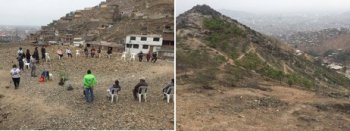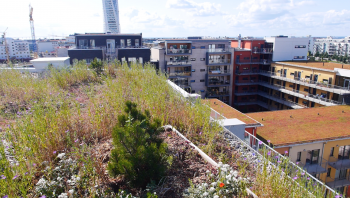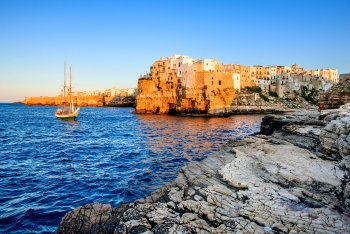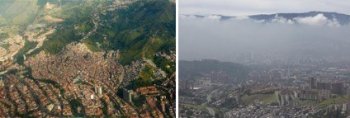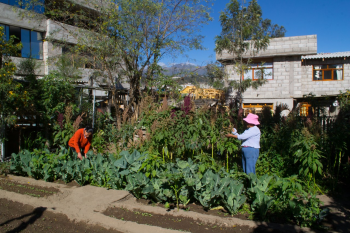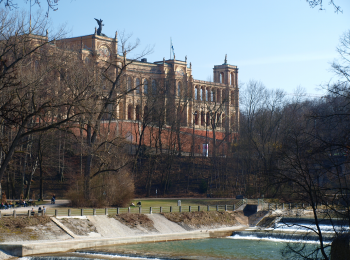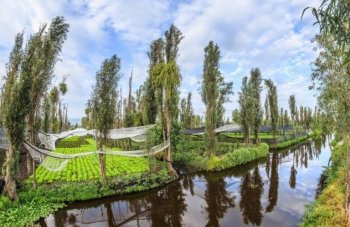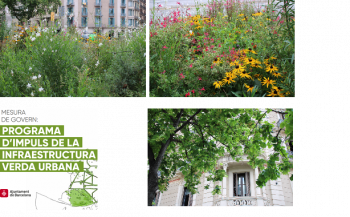Nature-based solutions for improving well-being in urban areas in Sheffield, United Kingdom
Submitted by Jemma Oppla on 17 December 2021This case study examines in particular the interface between four sets of plans and strategies, providing important context for further examination of meso- and micro-scale interventions covered in subsequent sections. This case also touches on other formally adopted plans and strategies only in relation to the above meso- and micro- scale initiatives, in an attempt to better understand contexts.



